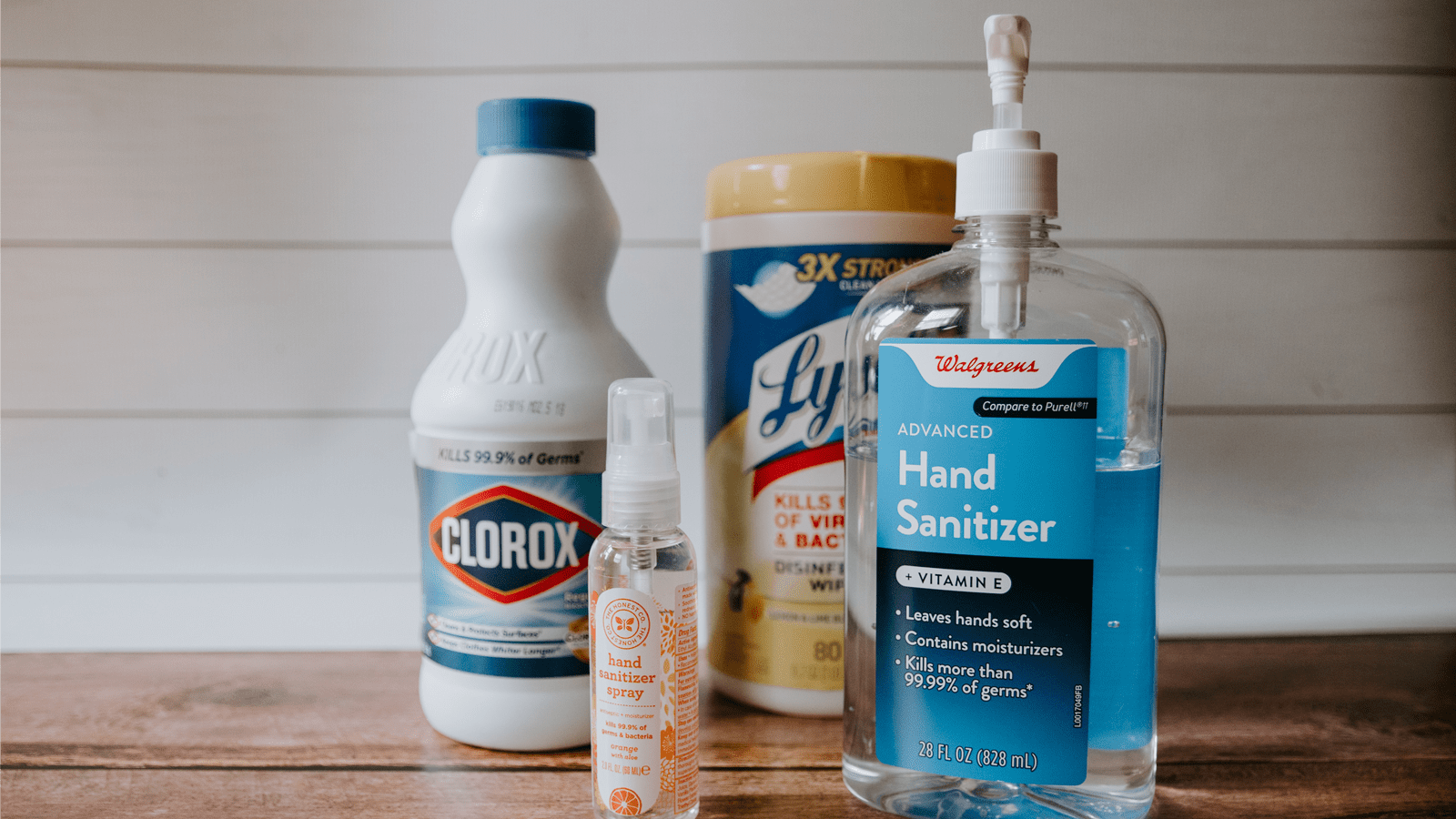
Get stories and expert advice on all things related to college and parenting.

As move-in day arrives at colleges and universities around the country, parents have understandable concerns about online vs. in-person instruction.
Many parents wonder if the quality of instruction will be the same if classes are conducted remotely, and if it's worth the high cost of tuition. But a larger concern is student safety.
Parents are anxious about health safety because of the pandemic, and also physical safety if their student's campus is in an area impacted by the sporadic violence that's been an offshoot of widespread social justice protests.
Unlike the decision about how classes will be held, your new or returning college student may have a choice about whether to live on campus or study from home (unless their school has closed all residential facilities or is permitting only certain grades to return).
If you're still up in the air about this, or just want to prepare your student as well as possible for a safe and healthy fall semester, here are some things to know and talk about.
Colleges are addressing the ongoing COVID-19 pandemic by instituting major health safety procedures. Many schools have opted to hold all fall classes online, with only a portion of the student body living on campus. Other schools are committed to reopening with a hybrid in-person/online model.
Students living on campus this fall can expect temperature checks and required daily app-based symptom reports, single dorm rooms, and contact tracing/quarantining where necessary. Some schools are requiring liability waivers. Others have updated student handbooks and codes of conduct to include COVID-19 shared responsibility protocols — students who don't abide by campus rules and regulations risk discipline or even expulsion. Many schools will compress the fall schedule in order to finish the term before Thanksgiving.
Rice University and Baylor University are building outdoor classrooms and activity tents to assist with social distancing. Baylor, along with other colleges around the country, is providing students with a “pandemic” packet upon arrival on campus which includes items such as masks, sanitizing materials and a thermometer.
Some colleges are requiring proof of a negative COVID-19 test (having mailed test kits to students to administer at home prior to traveling to campus) or will test students upon arrival, quarantining them until test results are confirmed.
A University of Arizona parent voiced concerns to a local paper about his student moving to what was very recently a coronavirus hotspot. “We do want to get her back in the flow of college — we think that’s so important at this age... [But we] were watching stuff like the ICU count at Banner and some of the other hospitals going, oh gosh.”
Unfortunately, we're starting to see what happens when thousands of students return to college towns play out in real time. UNC Chapel Hill was the first big public flagship to abruptly reverse course. On August 17, just a week after the first day of in-person classes, the rate of positive COVID-19 tests at the campus health center had risen from 2.8% to 13.6%. The university announced an immediate plan to de-densify campus and transition to all remote learning, offering full housing refunds — meaning students who'd just settled in found themselves packing to move back home.
One day later, Michigan State and Notre Dame also announced the cancellation of in-person classes — at Michigan State, where students had not yet moved in, through the fall semester and at Notre Dame for two weeks to see if they can bring cases under control.
At UNC and other schools, clusters of cases are popping up in student residential communities, particularly off campus in fraternity and sorority houses and at student apartment complexes. Notre Dame saw the same pattern, with most cases among seniors living off campus. New rules at Notre Dame prohibit off-campus students from being on campus and require students living on campus to stay there, with student gatherings both on and off campus limited to 10 people or fewer.
Meanwhile at a much smaller school, Colorado College, a positive COVID-19 test in a dormitory has led to the entire residence hall of 155 students being quarantined for two weeks.
Will universities opening later this month or in September be able to learn from what's happened at the first schools to reopen? Perhaps more crucially, will students do what's necessary to preserve their semesters — i.e., follow rather than flout masking and social distancing requirements?
Colleges in big cities always present additional safety considerations, and this summer many parents are finding more things to worry about.
A number of families from a popular Facebook group weighed in on their feelings of uncertainty about the upcoming school year and in particular their concern about student safety in urban areas.
The parent of a student attending college in a major metropolitan area where there has been civil unrest worries about the “risks of looting, rioting and/or the need for the National Guard to maintain order.” Another parent relayed her daughter’s experience with a shelter-in-place alert: “She just got the campus alert on her phone to shelter in place because rioters have reached their section of the city.”
I spoke with two parents whose students go to college in or near large cities, one in Indiana and one in Texas. Their fear and anxiety about sending their kids into highly populated areas was due both to virus spread and to the the possibility that violence might spread onto the campus or in close proximity of student housing.
Other parents point out that crime and protests happen everywhere, even on small college campuses and in the suburbs.
Another urban safety concern: public transportation in cities like New York, Chicago and Washington, DC. Crowding on the New York subway system during the pandemic caused some to blame the subway for the spread.
Every family must make decisions based on their own concerns about safety on campus this fall. Use the information provided by the college, news sources, health guidelines and your own research to make an informed decision. Listen to the concerns of your student and trust their judgement and ability to follow the rules and stay safe.